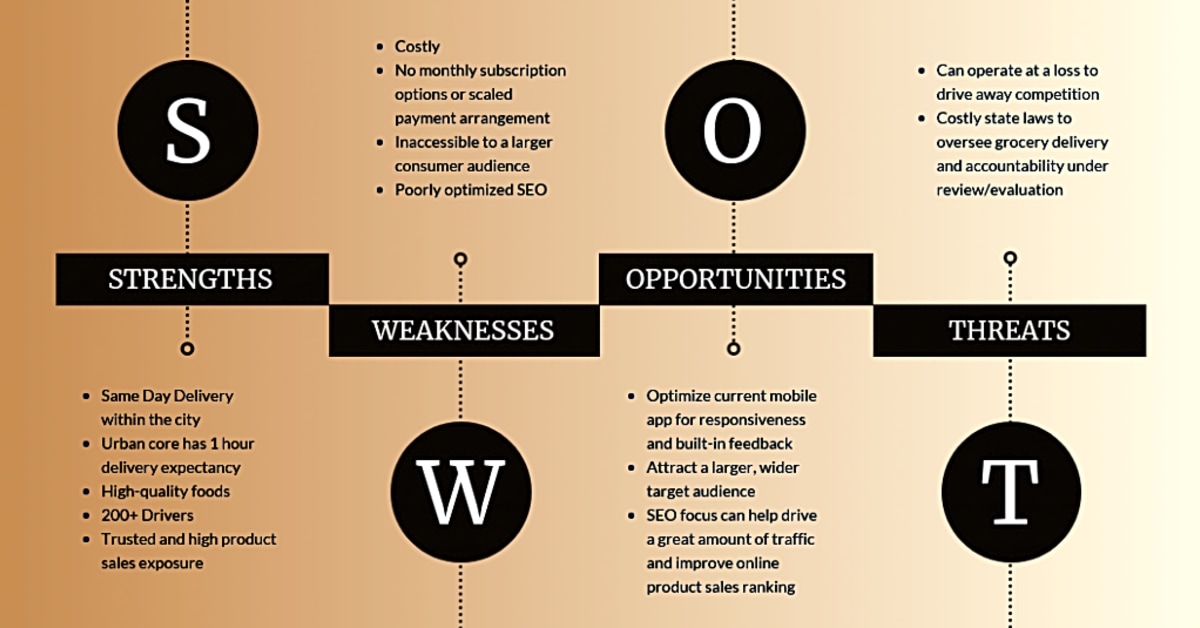Understanding SWOT Analysis for Effective Strategic Planning
Strategic planning is a crucial process for any organization, whether it’s a small business or a large corporation. It involves analyzing the strengths, weaknesses, opportunities, and threats (SWOT) of the organization in order to develop a plan that aligns with the company’s goals and objectives. SWOT analysis is an effective tool for strategic planning as it helps identify internal and external factors that can impact the success of the organization. In this article, we will delve deeper into the concept of SWOT analysis and how it can be used for effective strategic planning. Whether you are a business owner, manager, or simply interested in learning more about strategic planning, this article will provide valuable insights and tips on how to develop a successful strategy for your organization. So let’s get started and uncover the power of SWOT analysis for strategic planning.
SWOT analysis is a simple yet powerful framework that helps businesses identify their internal strengths and weaknesses, as well as external opportunities and threats. By conducting a SWOT analysis, leaders can gain a better understanding of their company’s current position and make informed decisions on how to move forward. In today’s fast-paced business world, it is essential for leaders to possess strong managerial and leadership skills. This is where the role of a chief of staff comes in. A chief of staff is responsible for managing and overseeing the daily operations of a company, including time management, communication, problem-solving, strategic planning, and decision-making.
In order to fully grasp the concept of SWOT analysis, it is important to break it down into its four components: strengths, weaknesses, opportunities, and threats. Strengths refer to the internal factors that give a company an advantage over its competitors. This could include things like a strong brand reputation, high-quality products or services, or a talented team of employees.
On the other hand, weaknesses are internal factors that hinder a company’s performance. These could be areas where the company is lacking compared to its competitors, such as outdated technology, a weak online presence, or a lack of skilled employees.
Opportunities are external factors that a company can take advantage of to improve its position in the market. This could include emerging markets or industries, potential partnerships or collaborations, or changing consumer trends.
Lastly, threats are external factors that could potentially harm a company’s performance. These could include changes in government regulations, increased competition, or economic downturns.
By identifying these four components through a SWOT analysis, leaders can gain a better understanding of their company’s current position and make informed decisions on how to move forward with strategic planning. By leveraging strengths and opportunities while addressing weaknesses and threats, companies can develop effective strategies to achieve their goals and stay ahead of the competition.
Recognizing Your Company’s Weaknesses
Next, you must identify your company’s weaknesses. These are internal factors that may hinder your business’s success. This could include a lack of resources, outdated technology, or poor customer service. By acknowledging your weaknesses, you can work towards addressing them and improving your overall performance.
Assessing External Threats
Finally, you must consider external threats. These are factors outside of your company’s control that could negatively impact your business. This could include changes in government regulations, economic downturns, or increased competition. By being aware of these threats, you can develop contingency plans to mitigate their impact on your business.
Identifying Your Company’s Strengths
When conducting a SWOT analysis, it is crucial to start by identifying your company’s strengths. These are the internal factors that give your business an advantage over others. This could include a unique product or service, a strong brand reputation, or highly skilled employees. By understanding your strengths, you can leverage them to improve your managerial and leadership skills.
Exploring External Opportunities
Once you have identified your internal strengths and weaknesses, it is time to look at external opportunities. These are factors outside of your company’s control that could potentially benefit your business. This could include new market trends, emerging technologies, or partnerships with other businesses. By understanding these opportunities, you can make strategic decisions to take advantage of them.
Recognizing Your Company’s Weaknesses
Next, you must identify your company’s weaknesses. These are internal factors that may hinder your business’s success. This could include a lack of resources, outdated technology, or poor customer service. By acknowledging your weaknesses, you can work towards addressing them and improving your overall performance.
Identifying Your Company’s Strengths
When conducting a SWOT analysis, it is crucial to start by identifying your company’s strengths. These are the internal factors that give your business an advantage over others. This could include a unique product or service, a strong brand reputation, or highly skilled employees. By understanding your strengths, you can leverage them to improve your managerial and leadership skills.
Identifying Your Company’s Strengths
When conducting a SWOT analysis, it is crucial to start by identifying your company’s strengths. These are the internal factors that give your business an advantage over others. This could include a unique product or service, a strong brand reputation, or highly skilled employees. By understanding your strengths, you can leverage them to improve your managerial and leadership skills.
Recognizing Your Company’s Weaknesses
Next, you must identify your company’s weaknesses. These are internal factors that may hinder your business’s success. This could include a lack of resources, outdated technology, or poor customer service. By acknowledging your weaknesses, you can work towards addressing them and improving your overall performance.
SWOT analysis is a valuable tool for developing a strategic plan and improving your managerial and leadership skills. By understanding your company’s strengths and weaknesses, as well as external opportunities and threats, you can make informed decisions to drive your business forward. Remember to regularly review and update your SWOT analysis to stay ahead of the curve.
